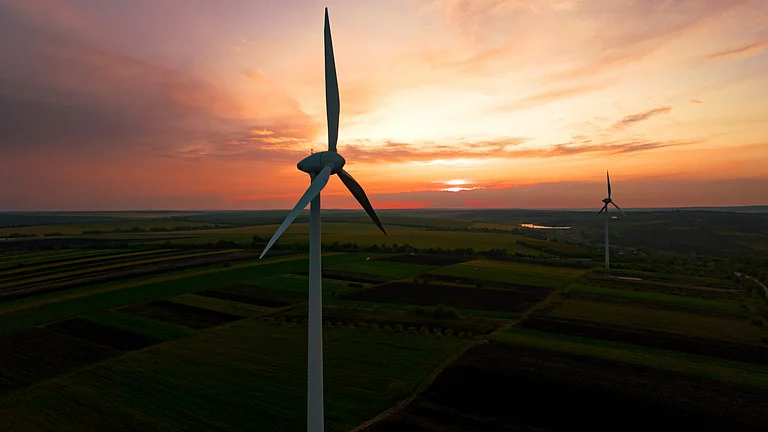As India aims to become a $5 trillion economy by 2027 and honour its Net Zero targets, it must accelerate transformation in several sectors. In particular, the power sector needs to be at the core of this evolution. While clean energy initiatives, growth of EVs and active consumer participation are already making strides, the sector is still fraught with the lack of a cohesive digital ecosystem and data silos. Lack of digital integration, fragmented systems and lack of interoperability are hindering seamless energy transactions.
How a Digital Energy Stack Can Transform India’s Power Sector
A unified digital stack aims to modernise India’s power sector with transparency, efficiency and real-time energy management
What is required is a unified, intelligent and scalable digital foundation for the energy industry. Creation of a Digital Public Infrastructure (DPI), known as the India Energy Stack (IES), intends to digitise the power system by addressing these challenges.
IES: A Digital Backbone for Energy
The IES will streamline and innovate across the energy value chain. It aims to break age-old barriers such as legacy software dependencies and the lack of interoperability which plague the grid architecture.
Besides, IES will provide unique and verifiable identifiers for energy assets and stakeholders. This denotes that every actor in the ecosystem, from DISCOMs and SLDCs to AMISPs and consumers, can engage in transparent and reliable transactions. The platform will also support plug-and-play capabilities to enable technology providers and developers to build region-agnostic solutions at a large scale.
Due to growing renewable energy penetration and distributed energy resources such as rooftop solar and batteries, managing the grid is becoming complex. Taking this into account, the IES will offer greater visibility, flexibility and control. It will allow for smoother integration of clean energy and increased grid resilience. On the consumer side, IES will host wide-ranging digital services such as dynamic pricing, green tariffs, portability across power distribution companies and faster grievance redressal mechanisms. These features are set to give consumers more choice, transparency and control over their energy usage.
Additionally, the platform will feature simulation tools, toolkits and sandboxes to support experimentation and innovation. Start-ups and utilities will also be able to test ideas securely, as it will minimise the risk and cost involved while supporting innovation.
The Application Layer of IES
At the very core of this ecosystem lies the Utility Intelligence Platform (UIP), which acts as the application layer built on top of IES infrastructure. It uses first-principles thinking and caters to deep-rooted inefficiencies, apart from integrating legacy and new systems. Furthermore, it ensures real-time data interoperability, supports analytics and nurtures an open and modular approach to application development.
UIP promotes a federated data model, allowing utilities to maintain data control while gaining from shared insights. With open APIs and access to anonymised data, the platform is bound to support better planning, informed policymaking and scalable innovation.
Pilots, Standards and a Roadmap for National Rollout
To validate the framework, the Ministry of Power plans to launch a 12-month Proof of Concept (PoC) in cities like Mumbai and Delhi. These pilots will exhibit real-world use cases and accumulate insights that will feed into a national blueprint for a phased rollout.
The key to the platform’s success will be standardisation across IT and operational technology (OT) layers. IES and UIP will adopt uniform protocols for data exchange, enabling decentralised decision-making and agile operations. A parallel capacity-building programme will further ensure that the workforce is equipped to support and sustain this digital wave.
The IES will lay the foundation for a safe and trusted digital ecosystem, enabling smooth machine-to-machine communication and real-time decision-making. By promoting the reuse of existing systems and adhering to a single source of data truth, the platform will shape data-centric governance and improved service delivery.
IES and UIP represent a bold step towards future-proofing India’s power sector. They will usher in transparency, efficiency and innovation to the very arteries of the nation’s energy grid.
(The author is Chairperson, ENCIS, Former Chairperson, CERC & Former Power Secretary.)


